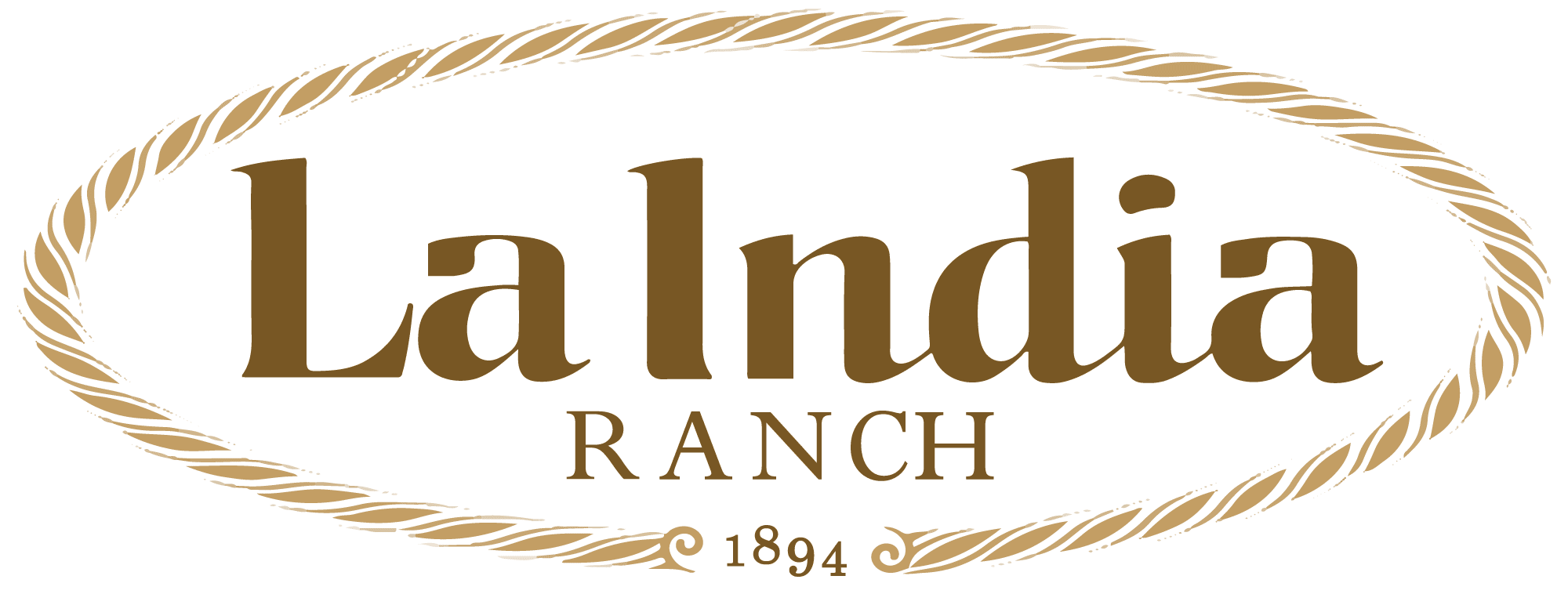
In 1921,
Ed Lasater acquired Judge Brooks' ranch and incorporated it into La India. His last major land acquisition was the 60,000 acre Santa Rosa Ranch (from Chisolm trail cattle king Dillard Fant). In 1923, after almost three decades of surviving cattle market swings, political battles, and countless struggles creating an empire, he was forced to reduce his debt load. He started at the extreme southeast corner next to the Armstrong Ranch and sold his Santa Quiteria Grant (20,600 acres) to his friend John Ball from Duval County who was trying to escape the rule of the Parr Regime. On June 30, 1924 he sold off his Encino Pasture consisting of 108,000 acres to Robert J. Kleberg Trustee for The King Ranch. Jim McBride, Lasater's longtime foreman stayed with the land, and he and his family ran the King Ranch Encino Division for many more decades. Later McBride said, "Ed Lasater sold me with the Encino Division." The acquisition was later described by Alice Gertrudis King Kleberg as bittersweet because of the deep respect she had for the Lasater family.
Lasater held on to the crown jewel of his ranch, the land surrounding the white hill called "Loma Blanca." The name had been given to area before the Mexican Land Grant. His land was partitioned between his three children, Tom, Garland, and Lois.
Lois Lasater grew up on the ranch riding horses and racing ponies with brothers Tom and Garland. She left for boarding school to fulfill the desire of her parents that all of their children had refined educations, however her heart was always with the ranch. She met a tall, charismatic salesman named John Maher at a social event and they were married. Maher was not your typical salesman. He started as a traveling New Orleans based salesman for the Suncrest Soda Pop Syrup Company which frequently took him to Houston, Texas.
Times were tough in America but World War II was creating a great demand for gas to run engines, and the government was issuing lucrative cost plus contracts. Jesse Jones, Houston's mayor, was trying to make Houston the oil center of the country. Maher bought a company that was making pumps for Almond Orchard Irrigation in Louisiana. He moved the company to Houston, opened a warehouse and started selling chemicals used in the drilling business. His Oil Center Tool Company evolved into a major distributor of oil and gas well Christmas trees. He then became President of the Reed Roller bit company that patented one of the first Rotary Drilling Bits in competition with Howard Hughes.
Lois Lasater Maher's heart was in Falfurrias. Lois received land swaps and acquisitions from her brothers. She was interested in architecture, and she built a comfortable ranch house on the La India, which fittingly overlooked the empire her father had built. The Reed Roller Bit Company owned a DC 3 used to fly oil company executives to their ranch for hunting excursions, so the Maher's had their own road built directly from the county airport to their ranch in 1894.
To the south, the hill overlooks the part of the ranch which was once the ranch of Ranger Captain J.A Brooks for whom the county is named. To the northwest, the La India headquarters reveals the Tom Lasater cattle office where his father brought the first Indian Zebu cattle to Texas and where his son Tom was credited with the development of the Beefmaster Cattle Breed. To the north on the distant horizon lies Falfurrias where the water tower appropriately reads "Fighting Jerseys" as a reminder that its residents survived by hauling sweet cream to The Falfurrias Dairy. One of Lasater's milking barns is still located in the horse pasture of La India. From this point on Gyp Hill of the La India Ranch, the majestic sunsets and the call of a lonesome coyote in the distance are a gorgeous reminder of this land called La India, the unspoiled crown jewel of the Rhode Island sized Ed Lasater Empire and the coveted Los Olmos y Loma Blanca Grant.
The ranch has been set aside by the owners for over 30 years as a refuge for wildlife and quail habitat enhancement. Where Ed Lasater's Jersey cattle and the first Brahman cattle to come to South Texas from India once grazed, the fittingly named "La India Ranch" provides some of the finest hunting in South Texas, among which is the nilgai antelope, which was originally imported from India by the King Ranch. For almost a half century, the subsequent owners have protected the La India. After first leasing the ranch for 10 years, they acquired the ranch from Ed Lasater's grandchildren. They were able to acquire the old railroad easement and the Gyp mine tract which had been sold to Freeport Sulphur (forerunner to Freeport McMoran), and they restored the ranch house with a "one of kind view" overlooking La India. The present owners have emphasized grass and range stewardship to promote optimum quail habitat.
The ranch literally serves as a refuge for deer and herds of nilgai. Only short term grazing has been allowed (Brahman cross cattle, of course). Water has been developed throughout. The Gyp hill still offers majestic views of the white hill the Spaniards called ''Loma Blanca."






